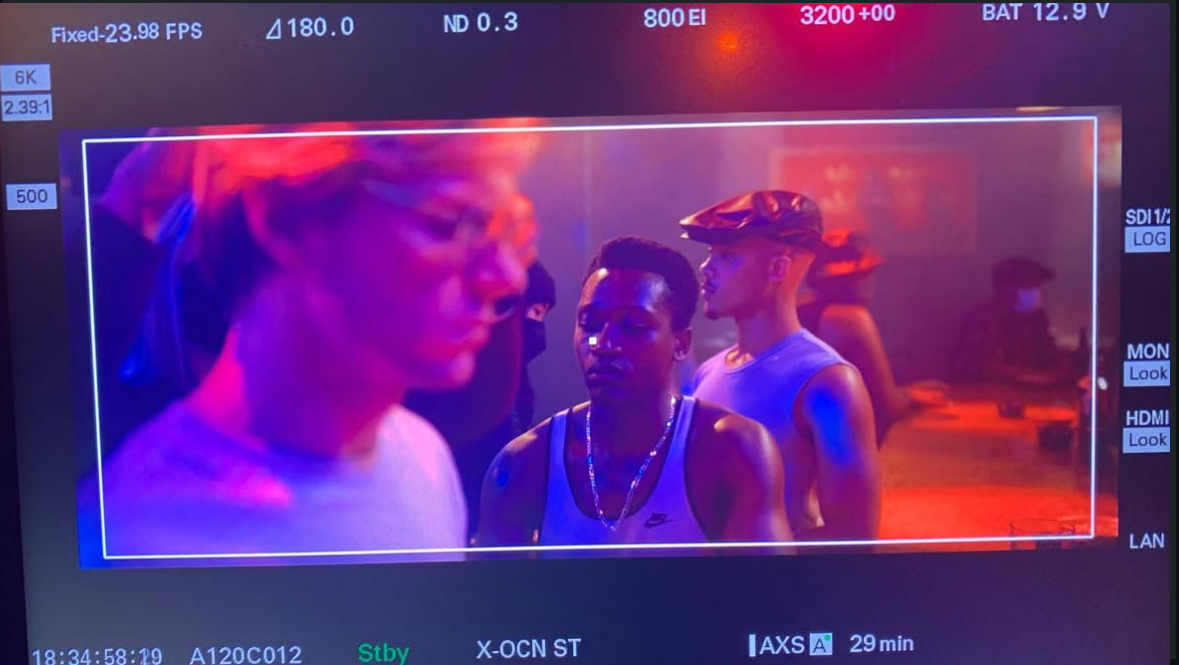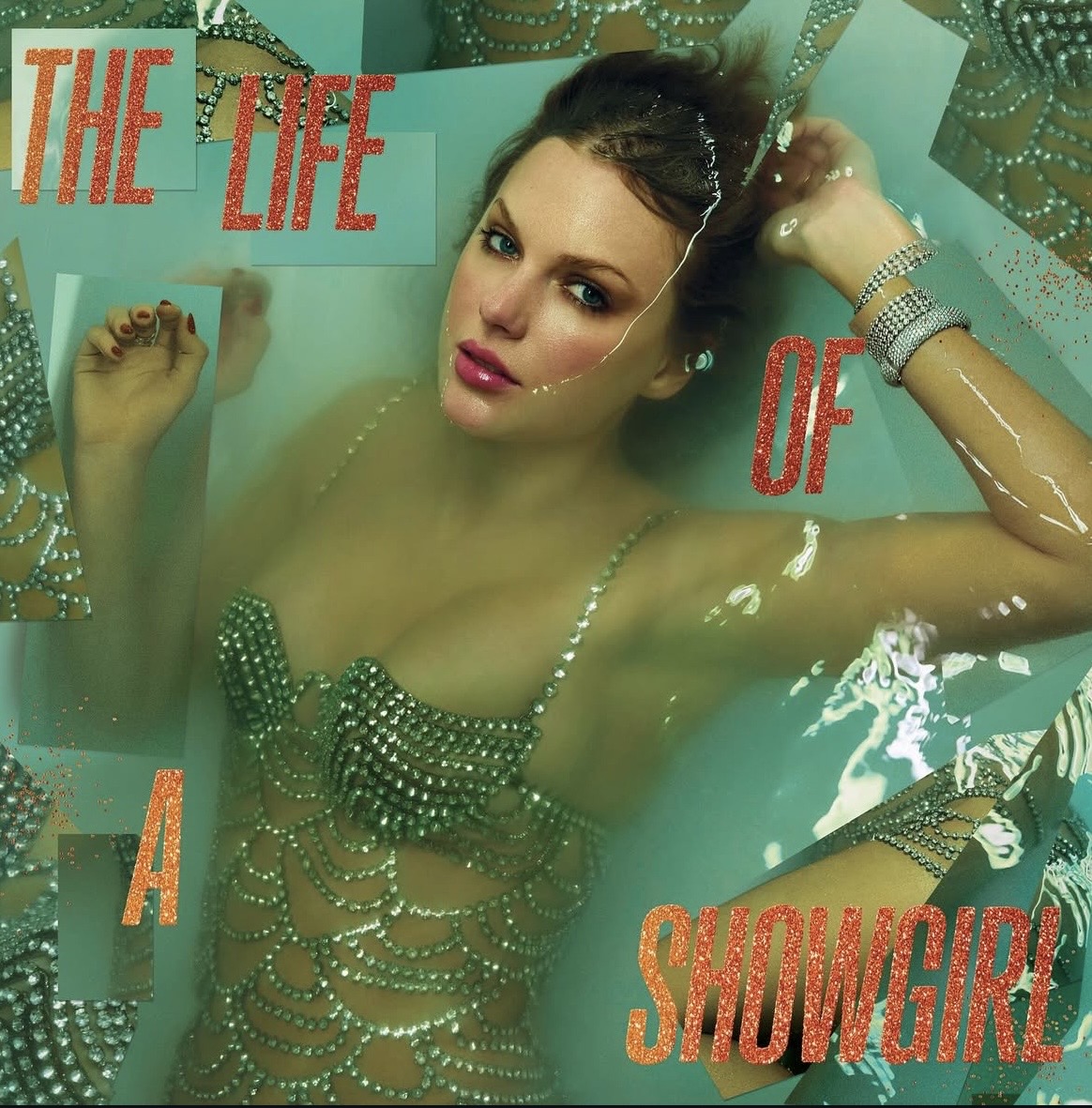
Oct 22 2025 | Hannah Field | Editor-in-Chief
Content warning: this article discusses murder and violence
Crime has always been a fascinating topic for many. With fictional television shows like “Criminal Minds” and “Law & Order,” such violent conversation topics have proven to make for an equally entertaining and profitable form of media and content — but what takes it a step further is the true crime industry.
The entertainment industry is no stranger to documentaries. “Dateline” has been airing since 1992, with its predecessor “48 Hours” beginning in 1988. True crime documentaries have had an uptick in recent years, milking notable names for content through big platforms like Netflix. Some examples of these include “Murdaugh Murders: A Southern Scandal,” “Tiger King,” “Monster” about Jeffrey Dahmer being arguably the beginning controversy for true crime dramatized recreations in television, “American Murder: Gabby Petito,” “Monsters: The Lyle and Erik Menendez Story” and others. Through Hulu, “Hunting JonBenét’s Killer: The Untold Story” explores one of the world’s most perplexing and haunting cases.
Many such platform-produced shows seem to have split goals, torn between celebrating a life lost too soon and forming a lucrative piece of content that will dominate the streaming sphere and social media timelines. “Monster” from Netflix was criticized by the masses following its immensely popular release in 2022 due to its insensitive portrayal of the victims of infamous killer Jeffrey Dahmer. The show took deeper angles into Dahmer’s life, offering a nearly sympathetic angle at times according to some. The main point brought up against the show is how none of the victims’ families consented to the release, and expressed extreme discomfort and disappointment. Some have campaigned that the show redirected toward the victims in the second half, signifying its decency and awareness of the sensitivity required to navigate such a story. Personally, I never delved into “Monster” — despite being a true crime fan, which we’ll get into — because I heard of its disrespectful narrative and didn’t feel I was missing out.
Gabby Petito’s story was handled with more care, probably due to its recency and the abuse she suffered. The story was an outrage on social media following Petito’s disappearance in 2021. Eventually, her body was found near the Grand Teton National Park, and her cause of death was ruled a homicide, confirmed to be by her boyfriend, Brian Laundrie. The case sparked such intense news coverage that it’s no surprise Netflix swooped in, going A-Z with the series and how it was solved. However, the listed description remains somewhat callous, stating, “What happened in the final days of Gabby Petito’s life? In this gripping true-crime series, her loved ones reveal the untold story of her tragic murder” — which is not the most conscientious approach.
The streaming giant Peacock took true crime to another level by publishing alleged murderer Casey Anthony’s documentary — an extremely controversial move that has divided watchers. Casey Anthony’s daughter, Caylee, was nearly four years old in 2008 when her remains were found near the Anthony family residence after she was reported missing by her grandmother Cindy Anthony.
The state of Florida sought the death penalty against Casey Anthony, believing her to be the culprit in Caylee’s homicide. In 2011, a jury found her not guilty of murder, but rather four misdemeanor counts of providing false information to the police. Fast forward to 2022, Casey released her documentary, “Casey Anthony: Where the Truth Lies,” flipping the script in an exclusive three-part series with Peacock.
Why Peacock would publicize Casey’s story in her defense is beyond me, especially considering the public criticism she’s encountered year after year ever since her daughter’s death. The true crime community has nailed Casey for nearly a decade for lying about her daughter, being caught partying after her daughter was reported missing and then blaming her family for what happened to Caylee, acquitting herself of all personal responsibility. Then again, to publish an alleged murderer’s tall tale would garner views on views — so there’s Peacock’s motive, or so I presume.
There’s this long-running fascination between people and murder. In my household, my mom used to play “NCIS” on all three televisions across the house so she wouldn’t miss a single minute, no matter where she was. My dad owned all the seasons of “Dexter” on DVD and fell asleep to them routinely. It’s not much of a surprise that I’ve found my way to true crime, although in a different medium: true crime podcasts.
According to the University of North Carolina at Chapel Hill, people are drawn to exploring true crime because of curiosity. The motives of a murderer are beyond understandable, but simultaneously being able to solve, or witness the solving, of a tragic case provides some sort of rush. Newspapers initially sensationalized crime before passing the torch to visual content, like Netflix documentaries or YouTube podcasts.
Others may turn to true crime to witness justice’s golden hammer come down on those who deserve it, playing into what viewers want to see. Across the board, it’s entertainment, escapism and storytelling, a great trap to get watchers all the way through. Scientifically, it’s been compared to haunted houses and roller coasters — facing a fictional danger in some form or another.
But there are undoubtedly present ethical dilemmas in the true crime world. Controversial, money-grabbing attempts at documentaries and re-enactments stir up a long-running conversation about morality that has no solution. Does it make someone a bad person to find “Monster” entertaining, but still empathize with the victims and their families? Is the public forum of modern entertainment off limits for sensitive real-life topics? Where do we draw the line? Who decides where that line even is?
There is a very real conversation to be had about our society’s decreasing sensitivity to such violent acts and topics, and another about whether we’re forcing individuals to relive their trauma through media productions.
Today, there is no answer; no person to distinguish what’s right and wrong. The culprits we can assuredly blame include corporate greed — looking at streaming services, and most notably to me, Peacock — and cash-grabbing techniques to acquire views over anything else.
So, I don’t tend to watch a lot of produced documentaries — I do indulge in true crime podcasts. A term I hear a lot is “active true crime consumer,” which signifies an understanding that the content being viewed is sensitive and has a real-life impact. YouTuber and podcaster Kendall Rae was where I first heard the term, and I’ve always enjoyed her personal approach, honoring victims and discussing the path to justice.
“Murder With My Husband” is another podcast that I listen to rather routinely. It features married couple Payton and Garrett Moreland as she recites a true-crime script, following the thrilling twists and turns of a tragic tale, while respecting and honoring the life or lives that were taken. An interesting aspect of the podcast is Garrett Moreland’s consistent hatred for the true crime genre, and his shocked reactions as he, alongside us, discovers the truth of the stories. Unnecessary fun fact: he’s opening a bagel shop and I’m very intrigued by it.
YouTuber Wendigoon centers on more fantasy or dark horror, but occasionally looks into true crime, and when he does, it’s always good. Another YouTuber, BOZE vs. the WORLD, has a series on female killers — it’s a little too produced for my liking, but I’m a big fan of her other content and so I occasionally indulge.
Kendall Rae also has a podcast with her husband called “Mile Higher,” doing the same as her personal channel by exploring true crime cases and occasionally other topics.
The point is: if true crime is on TV, be aware of its impact. Engage by being an active true crime consumer and contribute faithfully. Think critically and with empathy, but it’s not necessary to feel shame — or shame others — for indulging in true crime.
Contact the author at howleditorinchief@mail.wou.edu





